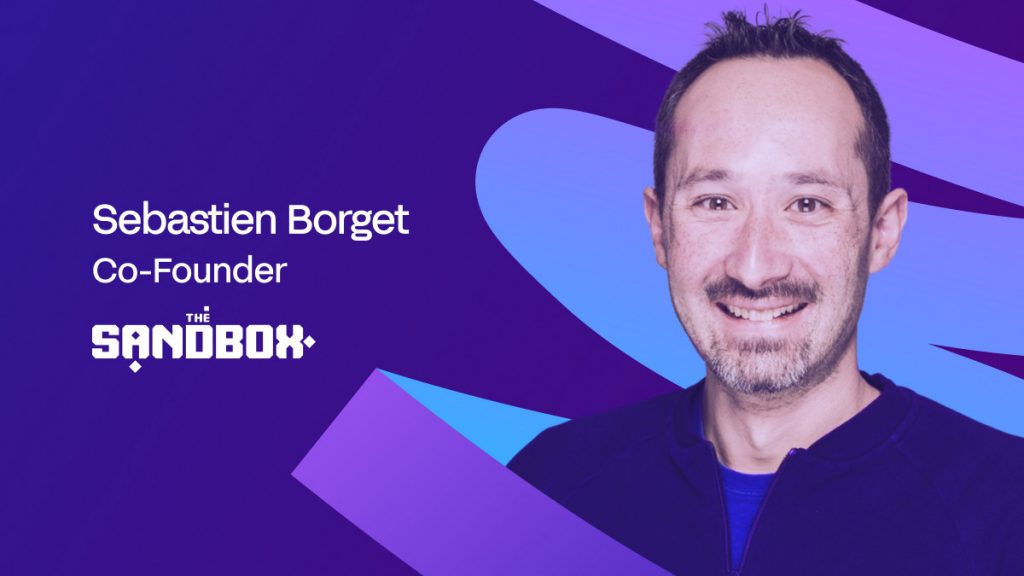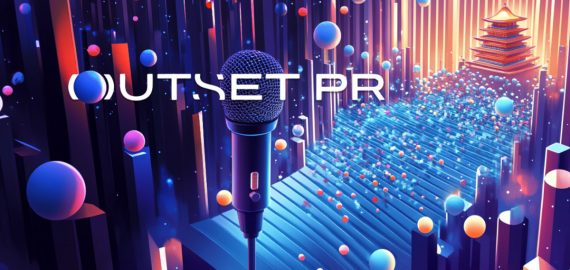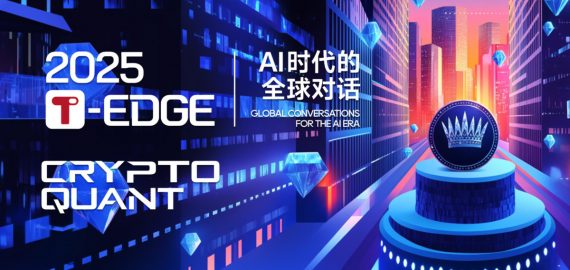Inside The Sandbox Journey from Mobile Game to Metaverse Giant


In Brief
Sebastien Borget believes NFTs could revolutionize gaming. He shares his Web3 journey, blockchain game evolution, and the potential for virtual world creators.

Long before The Sandbox became a leading metaverse, Sebastien Borget was a gamer obsessed with every new console and technology. A chance discovery of CryptoKitties in 2017 convinced him that NFTs could change gaming forever. In this interview, he shares his Web3 journey, the evolution of blockchain games, and why creators will one day thrive in virtual worlds.
Can you please share your journey into Web3?
I think my journey into Web3 really began around 2017. I’ve always been curious and attracted to new technologies. As a geek, I used to buy new hardware, consoles, or devices on the first day they came out. I explored technologies like peer-to-peer, cloud streaming, online media storage, and mobile gaming as early as possible.
I started with Bitcoin in 2017, exploring protocols, proof-of-work, mining, and so on. That same year, I discovered a game called CryptoKitties. I was fascinated by it because I had already spent six years working in mobile gaming with my previous startups. In free-to-play games, we usually analyze new or successful titles to understand how they work.
When I looked into CryptoKitties, I realized it was the first game with NFTs, and I saw blockchain and NFTs as a solution to a problem I was facing at The Sandbox, which at that time was only a mobile game. Our top creators kept leaving because there was no way to retain them with monetization. We could give them recognition and social fame, but we couldn’t actually pay them or share revenue.
That realization accelerated my journey into Web3. In 2018, we began building a new version of The Sandbox: 3D, multiplayer, and with blockchain at its core, including NFTs for land, avatars, and all types of user-generated content, plus our native token. In 2019, Animoca Brands acquired us, and I also became President of the Blockchain Game Alliance, growing it from 30 to over 600 members. Since then, I’ve been fully dedicated to Web3, building, educating, playing, and living in the ecosystem every day.
What does “fun” mean in blockchain games compared to traditional games? And is the industry getting it wrong?
Games are entertainment products, which means they require creativity, but they also need strong data, a clear understanding of the audience, and systems that keep players engaged so the games remain economically viable. In gaming, only about 20% of titles in development even launch, and less than 10% of those survive beyond four years.
Fun isn’t just about laughing or enjoying something briefly. True fun in successful games comes from having a sense of purpose and a reason to keep coming back. That’s why games like Fortnite, Roblox, and The Sandbox are successful; they retain users for months or even years, keeping them engaged and willing to spend.
When players find something fun, they’re more inclined to spend money, which in turn sustains the game. So, while games are creative products, their financial success is also a strong indicator of how much fun they really are.
Do you think players will ever be able to earn a full living entirely through play in virtual worlds without relying on hype cycles?
I do. We’re moving toward a world where the digital economy holds more value than the physical one. People are already spending on virtual goods and investing time in games. The metaverse vision is about carrying your identity, belongings, and reputation across different platforms seamlessly through NFTs and blockchain.
The creator economy has proven that hundreds of thousands of people can make a living when the right tools and distribution are in place. We’re lowering the barrier further with no-code tools like our Game Maker, and AI is making creation even more accessible. This will lead to what I call the “creator nation,” where people contribute their creativity and build sustainable businesses. With enough audience demand, businesses and brands will naturally join in, creating a full economic circle.
How does The Sandbox balance its mission of decentralization with onboarding major Web2 brands and IPs?
Since 2018, our mission has been progressive decentralization. First, we democratized content creation with tools like VoxEdit and our no-code Game Maker. Then we decentralized the economy with the $SAND token, which is now a top-100 cryptocurrency, widely listed and used as payment.
Over a year ago, we launched our DAO, where anyone can submit projects, and the community votes based on land and token ownership. The DAO has already supported nearly 30 initiatives, from education to women in Web3 to open-source tools. Looking ahead, we’re working on expanding The Sandbox beyond a gaming world into a broader platform with apps, tools, and scalable opportunities for creators.
How far are we from blockchain gaming becoming the default standard rather than the alternative model?
We’re getting closer. Since the start of this year, crypto adoption by financial institutions and regulators has accelerated. The US, Dubai, UAE, Hong Kong, and others are recognizing crypto for payments, tokenized assets, and more. Companies now hold digital assets in treasuries, some of which are listed on Nasdaq.
Crypto is moving beyond being just a store of value or culture; it’s becoming an entire financial and identity system that powers payments, reputation, culture, and entertainment.
How is The Sandbox evolving its no-code tools to meet the demands of increasingly sophisticated creators?
We constantly improve our creation tools. Just this week, we released version 0.12, our largest update yet, with major improvements for multiplayer gameplay, social profiles, progress saving, graphics, and overall UX. These changes make creating much easier and playing much more fun.
The metaverse experience has advanced significantly compared to five years ago. Today, avatars can fly, dance, and interact in more engaging ways. People still remember Facebook’s “Meta” avatars with no legs, but the technology has evolved far beyond that.
What has been the biggest unexpected challenge in building a creator-first economy in the metaverse?
Like every major technology, adoption takes time. There’s always an initial hype cycle of one to two years, but mainstream adoption usually takes 10 to 15 years. We’re only five years in.
Challenges like wallets, onboarding, and education still need solving. But we’ve seen this story before, whether with MP3 players before the iPod, or online payments before PayPal normalized them. Eventually, these technologies became seamless and mainstream. I believe blockchain and Web3 gaming are on the same path.
How will AI-native games disrupt or merge with Web3 ecosystems?
There are many ways. AI agents can act autonomously on-chain, creating avatars or even trading. AI accelerates content creation, helping more digital assets flow into ecosystems like ours.
The less flashy but crucial role is in provenance. AI needs vast datasets, but questions around ownership, quality, and royalties are often ignored. With blockchain, provenance and ownership are transparent. This means creators whose data trains AI models could earn revenue, rather than feeling like AI is stealing their work.
Could virtual land ever become a legally recognized form of property ownership in the real world?
I believe so. We’re already seeing cases where Dubai has recognized real-world assets with deeds on-chain, removing complex ownership structures. Beyond that, online reputation and digital activity should count toward things like credit or financing.
If you’re a metaverse builder generating real revenue on virtual land, that should be recognized just like any other business activity. Digital creators, whether on Substack, Patreon, Roblox, or The Sandbox, deserve equal recognition and access to financing.
How do you see decentralized gaming shaping global labor and creative economies over the next decade?
I think this is a golden age for creators. Every new platform brings new opportunities. YouTube, Instagram, and TikTok all created new types of creators. In gaming, Minecraft led to Roblox, and now The Sandbox.
Some of our top creators earned six figures in 2024. We distributed over $5 million worth of tokens to the top ten creators alone. That shows the growing acceptance of digital creation as real work, with real revenue and reputation.
It’s becoming normalized, just like online dating or online payments once were. Over time, creating virtual worlds will be as natural as any traditional job.
Do you think there’s a path toward a metaverse where cultural value outweighs financial incentives?
I believe the two go hand in hand. When we brought 400 major brands into The Sandbox, it wasn’t just about money; it was about creating cultural resonance, inspiring creators, and attracting fans. But without financial incentives, cultural experiences won’t sustain.
Earning money is part of what makes experiences meaningful and fun. Ideally, we’ll continue building a metaverse where cultural and financial value reinforce each other, giving people both enjoyment and sustainability. That balance is what makes us human, and it’s something AI won’t replace.
Disclaimer
In line with the Trust Project guidelines, please note that the information provided on this page is not intended to be and should not be interpreted as legal, tax, investment, financial, or any other form of advice. It is important to only invest what you can afford to lose and to seek independent financial advice if you have any doubts. For further information, we suggest referring to the terms and conditions as well as the help and support pages provided by the issuer or advertiser. MetaversePost is committed to accurate, unbiased reporting, but market conditions are subject to change without notice.
About The Author
Victoria is a writer on a variety of technology topics including Web3.0, AI and cryptocurrencies. Her extensive experience allows her to write insightful articles for the wider audience.
More articles

Victoria is a writer on a variety of technology topics including Web3.0, AI and cryptocurrencies. Her extensive experience allows her to write insightful articles for the wider audience.

















































